
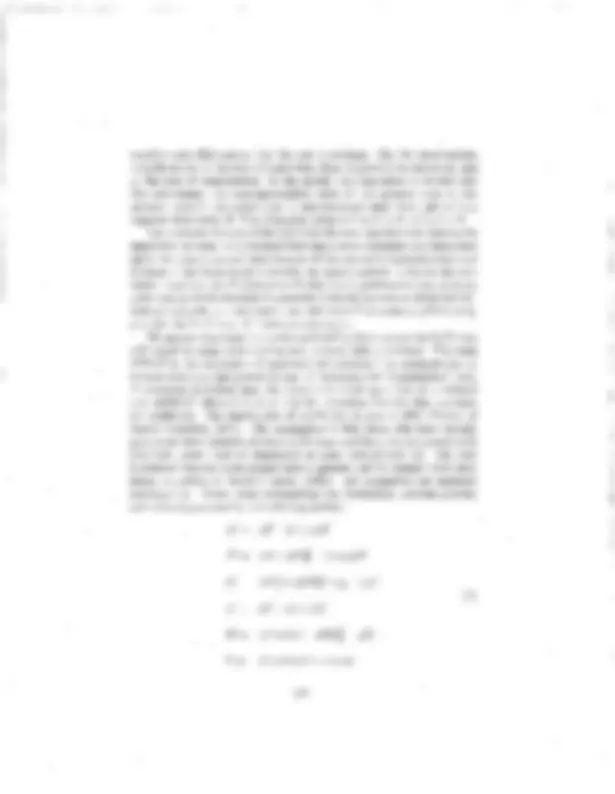
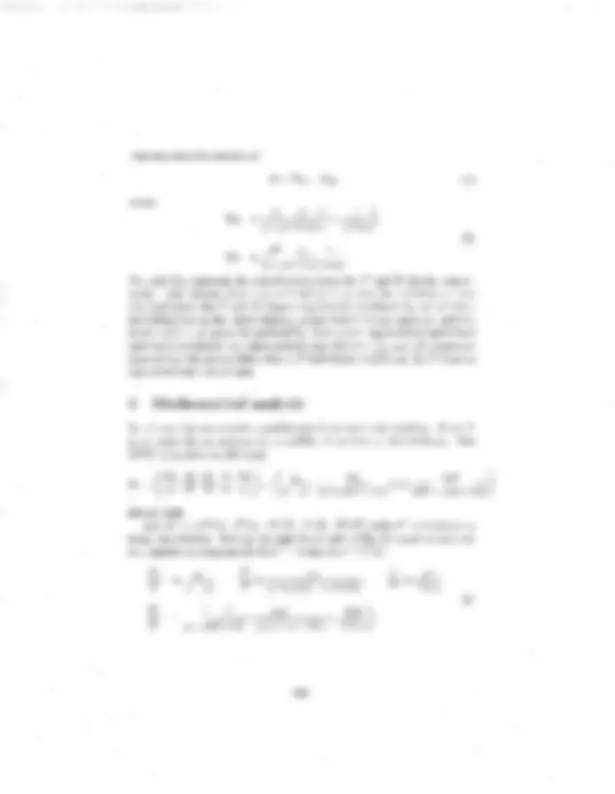
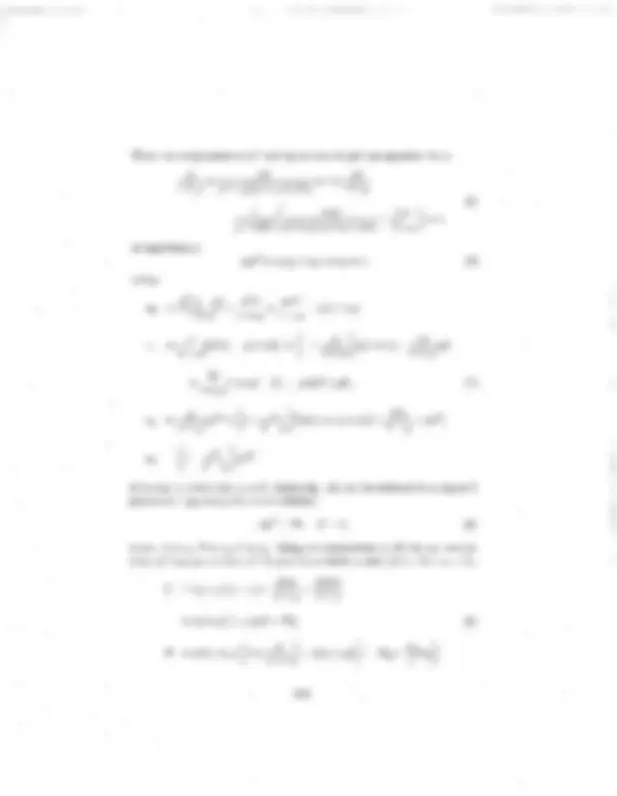
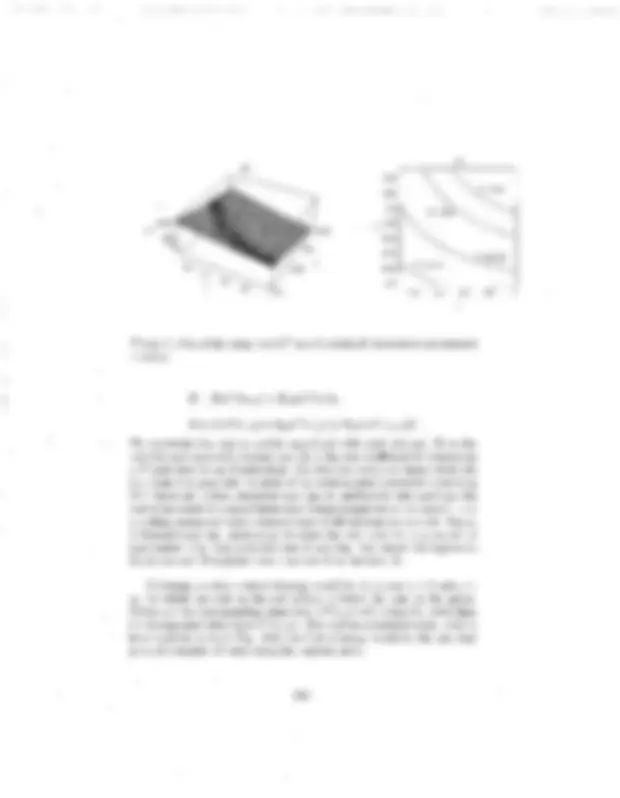
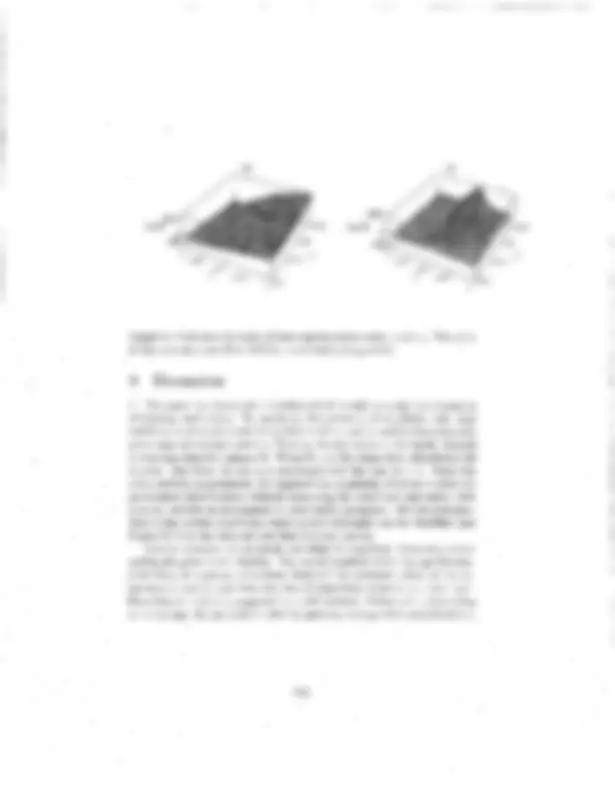
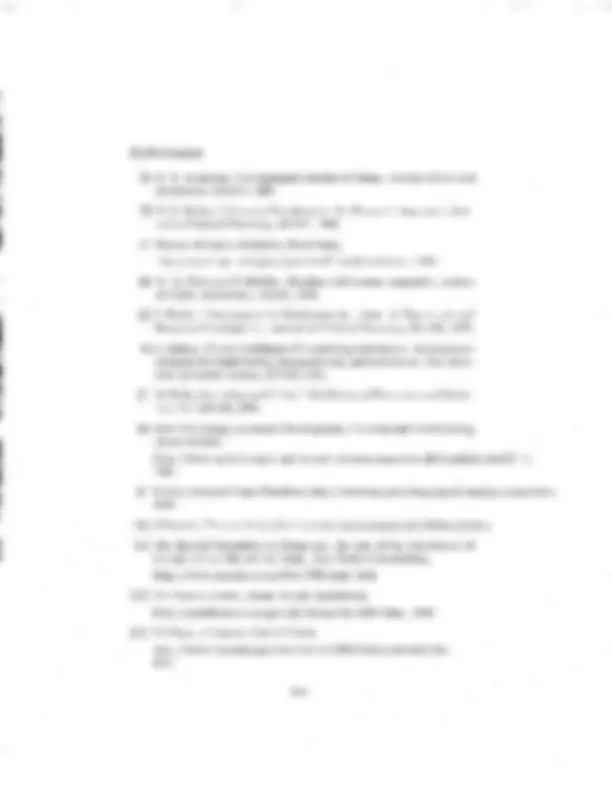


Study with the several resources on Docsity

Earn points by helping other students or get them with a premium plan


Prepare for your exams
Study with the several resources on Docsity

Earn points to download
Earn points by helping other students or get them with a premium plan
Community
Ask the community for help and clear up your study doubts
Discover the best universities in your country according to Docsity users
Free resources
Download our free guides on studying techniques, anxiety management strategies, and thesis advice from Docsity tutors
A mathematical model to examine the dynamics of poverty and crime through stability analysis of a system of ODEs. The goal is to identify cost-effective strategies to combat crime in metropolises by optimizing interventions. The model is based on Becker's economic theory of crime and considers the rate of converting those in poverty to recovered and the rate of incarceration as intervention parameters.
Typology: Summaries
1 / 11

This page cannot be seen from the preview
Don't miss anything!







1 Stevens Institute of Technology, Hoboken, NJ 2 Purdue University, West Lafayette, IN 3 Arizona State University, Tempe, AZ
Abstract Poverty and crime are two maladies that plague metropolitan areas. The economic theory of crime (Becker, 1968) demonstrates a direct correlation between poverty and crime. The model seeks to examine the dynamics of the poverty-crime system through stability analysis of a system of ODEs in order to identify cost-effective strategies to combat crime in metropolises.
1 Introduction
There is a direct correlation between poverty and criminality (Kelly, 2000; Block and Heineke, 1975). Becker's economic theory of crime (1968) assumes that people resort to crime only if the costs of committing the crime are lower than the benefits gained. Those living in poverty, therefore, have a much greater chance of committing property crime (Kelly, 2000, Chiu and Madden, 1998) than the general population. Property crime is defined as burglary, larceny, or theft (O'Connor, 2005). In his 1968 paper, Becker used statistical and economic analysis to determine the optimal control of crime. Here, we use a system of ODEs to try and get a more realistic, dynamical solution to that same question. Property crime is a major problem in metropolises. In the Bronx bor- ough of New York City alone there were 247 reported complaints of property crime in one week (NYPD, 2005). There are over 36,000 cases of property crime reported in one year (NYPD, 2005). The Bronx also has a poverty rate of 37% (Kids Well-Being Indicators Clearinghouse, 2005) and has a population of over 1.3 million (US Census Bureau, 2000).
Each criminal costs society about $5,700 per year due to lost productivity (Kelly, 2000), and a total of $24 billion in goods is lost in the US each year to property crime (US Dept. of Justice, 2004). The victims of crime suffer an aggregate burden of $472 billion per year, including mental and physical suffering (Anderson, 1999). Crime is clearly an important problem that must be confronted. Ehrlich (1981) suggests that the successfulness of rehabilitation and incapacitation programs do have an effect on the aggregate crime level. However, it costs about $25,000 to detain a person in a federal prison each year (US Dept. of Justice, 2003). It also costs about $100,000 to build a new prison cell, and the prison population is growing rapidly (The Special Committee on Drugs and the Law of the Association of the Bar of the City of New York, 1994). We see that from an economic standpoint, detaining every prisoner is actually a greater burden on society than crime itself is. Therefore, the issue becomes one of balance. Ultimately, the goal is to reduce crime to such a level that the total cost of controlling crime and the cost of the crime that remains is less than the total cost of crime under the status quo. What this model aims to do is find a cost-effective way to lower crim- inality, thus lowering the cost of crime to society. Previous works have addressed this problem (Becker, 1968, Ehrlich, 1973) using statistical and economic approaches, while we do so by taking a mathematical (dynamical systems) approach. The use of ODEs allows us to examine the dynamics of the poverty-crime system and gives us a changing, rather than static, view of how criminality is affected by varying intervention parameters. We know that the problem of crime is alleviated by either decreasing poverty (Witte,
2 Model·
Naturally, not all crime can be stopped; that would not be economically desirable. This model seeks to optimize interventions so that crime is rea-
The reproductive number is
(2)
where
Rp = --------. P+fl,O"+fl,'Y+fl, Rp and RR represent the contributions from the P and R classes, respec- tively. The factors {31(p + fl,) and ¢{3I(p + fl,) give the numbers of new criminals from the P and R classes respectively produced by one criminal individual during the entire criminal period before being captured, and the factor 0"1 (0" + f.L) gives the probability that a non-impoverished individual survived and entered the impoverished class while 1- 'YJJ..L and :i-h represent
3 Mathematical analysis
In this section we consider possible equilibria and their stability. Since T is constant the expressions are simplified if we look at the fractions. The CFE (crime-free equilibrium)
always exist. Let E* = (N* IT, P* IT, C* IT, J* IT, R* IT) with C* > 0 denote a crime equilibrium. Setting the right-hand side of Eq (1) equal to zero we can express all components of E* in terms of x = C* IT:
N* (^) fl, P* (^) f.L0" J* px --, -= T (^) O"+fl, T (0" + fl,)("( + f.L + {3x)' T^ o+f.L (4) R* (^) 1 ( 'Yfl,0" opx ) T =^ f.L+¢{3x^ (O"+fl,)("(+f.L+{3x)^ +^ o+f.L^.
Since the components of E* add up to one we get the equation for x:
or equivalently (6) where
p
It is easy to show that ao = O. Hence Eq. (6) can be reduced to a degree 2 polynomial (ignoring the x = 0 solution)
AX2 + Bx + C = 0, (8)
where A = a3, B = a2, C = al. Using the expressions in (3) we can rewrite some of these expressions which provide an easier presentation. For example,
= (p + J.l)b + J.l)(1 - R), (9)
C(t) 3000
2500 E'
. 2000
1500
1000
500
500 1000 1500 2000
P(t) 2500
4 Cost-effective crime control strategies
E* exists and is stable. At E* the population size of the P and C classes are
C* = xT,
the dependence of the crime level C* on "f l'J;nd p. Different combinations of
associated with these control measures might be very different; some may be higher than the background cost while others might be lower.
We compute two costs associated with the crime activity: one is the total cost, denoted by B, in the absence of any additional interventions, i.e., "f = 0, P = Po (a background criminal capture rate) while all other parameters are fixed. The other is the total cost, denoted by B, for a given set of "f > 0 and p > Po. There are many different ways of defining the costs. Here, we present only one possible functional form to illustrate how the model results may help gain insights into the problem. Let
(a)
C*
Q. 0.
(b)
~ C*=.
C*=50D"--. ~
C*= 0.52 ~OO 0.5 '--~'::'-"_~--' 0.2 0.4 0.6 0. 'Y
'Y and p.
B = BIC*(O, po) + B2POC*(O, 0),
B = B1C*('y, p) + B2PC*('y, p) + B3CY.('yP*('y, p))2.
a P individual to an R individual. The first two terms are linear while the last term is a quadratic function of the total number converted (assuming that there are limited resources that can be allotted for this and that the cost is increased at a much faster rate if more people are to be helped). CY. is a scaling parameter which controls slope of the increase in the cost. Figure 3 demonstrates the relationship between the two costs for a given set of parameters. Fig. 3(a) plots the cost B and Fig. 3(b) shows the regions in. which the cost B is greater than the cost B or less than B.
Obviously, a crime control strategy would be to choose "/ > 0 and P >
fixed contour curve in Fig. 2(b)) the best strategy would be the one that gives the smallest B value along the contour curve.
---- - ------ --------------~- ----------- -
References
[3J Bureau of Justice Statistics, Recidivism, http://www.ojp.usdoj.gov/bjs/crimoff.htm#recidivism. 2005.
[5J 1. Ehrlich, Participation in Illegitimate Activities: A Theoretical and
[6J 1. Ehrlich, On the Usefulness of Controlling Individuals: An Economic
[7J M. Kelly, Inequality and Crime," The Review of Economics and Statis- tics, Pp. 530-539, 2000.
[8J Kids Well-Being Indicators Clearinghouse, Children and Youth Living Below Poverty, http://www.nyskwic.org/ujndicators/indicator_narrative.cfm?numIndicatorID=I,
[9J NYPD, Precinct Crime Statistics, http://www.nyc.gov/html/nypd/htmljpct/cspdf.html,
[lOJ O'Conner, Thomas. http://faculty.ncwc.edu/toconnor/301/3011ect16.htm
[l1J The Special Committee on Drugs and the Law of the Association of the Bar of the City of New York, The Costs of Prohibition, http://www.sumeria.net/politics/IIB.html. 1994.
[12J US Census Bureau, Bronx County QuickFacts, http://quickfacts.census.gov/qfd/states/36/36005.html, 2000.
[13J US Dept. of Justice, Cost of Crime, http://www.ojp.usdoj.gov/ovc/ncvrw/1998/html/costcrme.htm.
[14] US Department of Justice, Federal Prison System Operating Cost Per Inmate, http://www.usdoj.govfjmd/budgetsummary/btd/1975_2002/2002/html/pagel17- 119.htm, 2003.
.",..,~.. (^) ' .~,